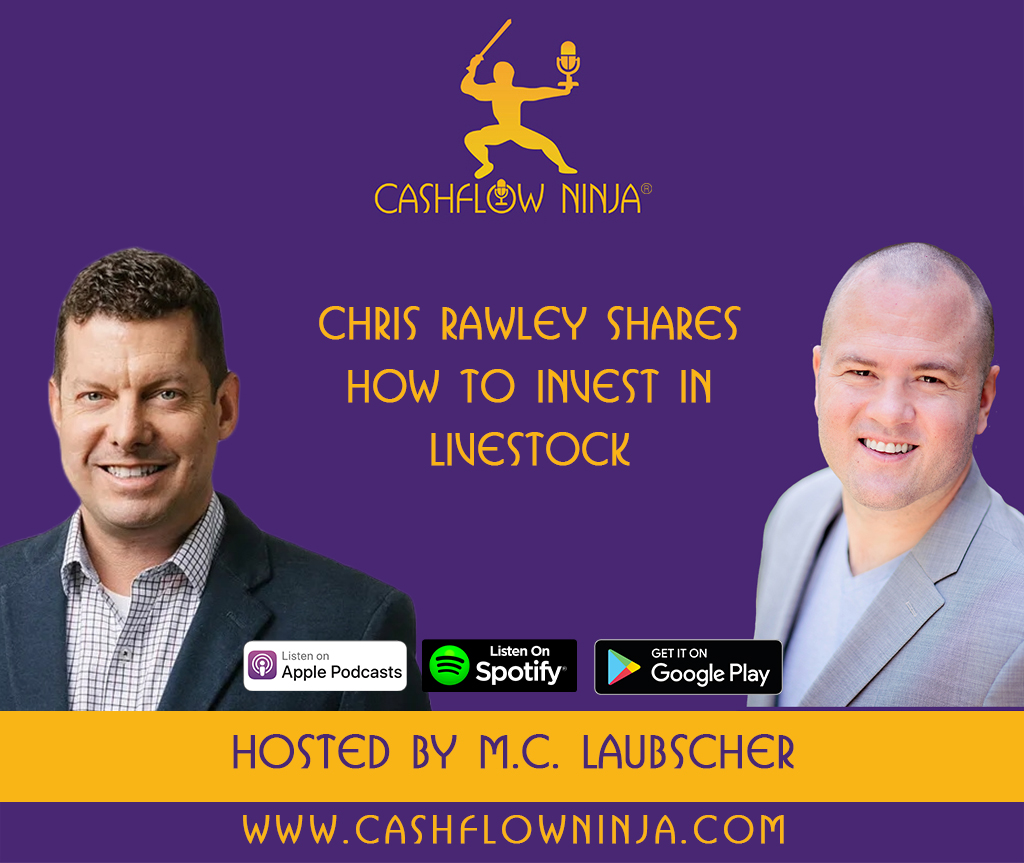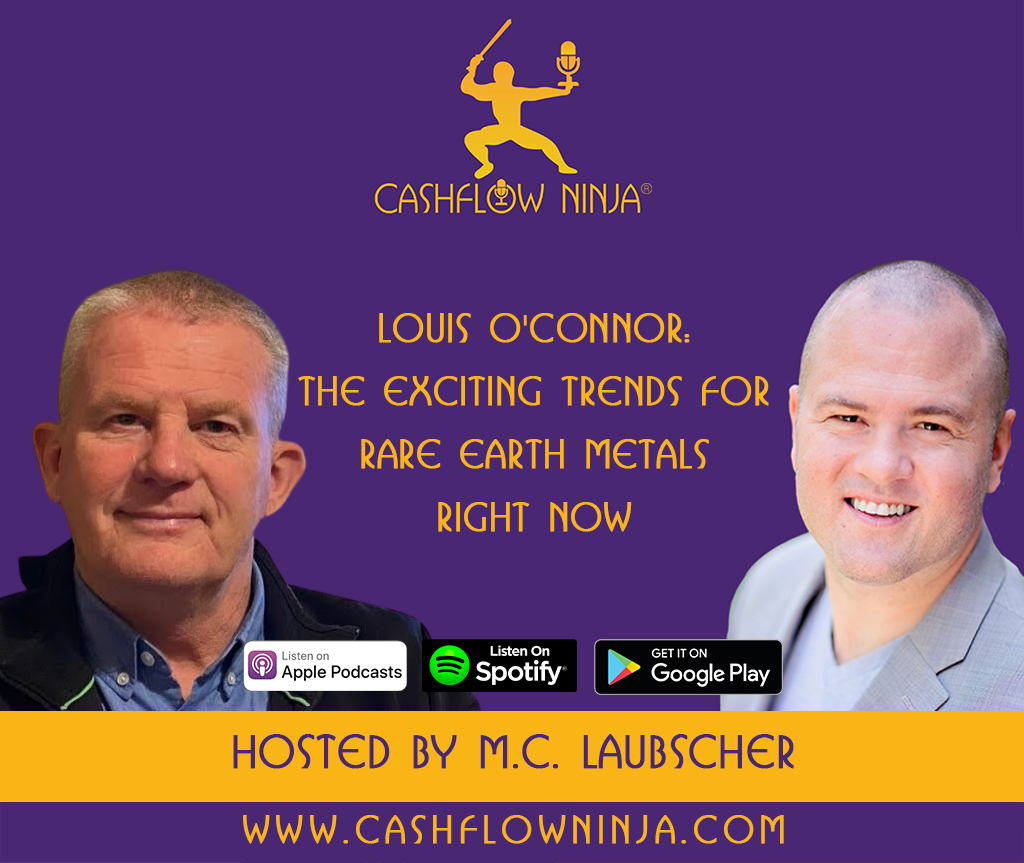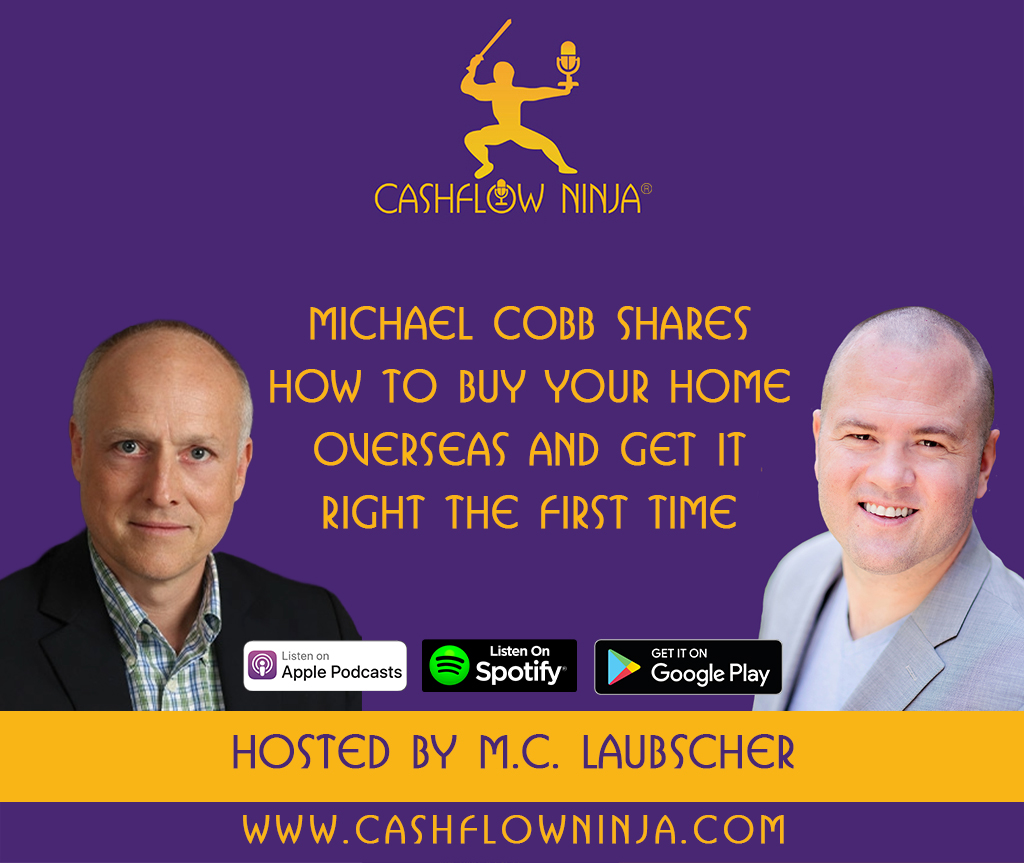
Out of everything I share at the Cashflow Ninja, Infinite Banking is my favorite. It’s a foundational piece of my overall strategy, and it makes everything else I do that much stronger. The certainty and clarity it provides are unmatched, and over the past ten years this has been my biggest game-changer.
I love to talk about it, and today, we’re going to take an in-depth look at what it is, and how to get started.
What is Infinite Banking?
In the simplest terms, infinite banking is a strategy of reclaiming a banking function within one’s own personal or business economy. You become a bank, right?
This means you incorporate the same principles that banks use and utilize within your own strategy. Typically, there are two sides of the bank: depositing and lending. In the past, there was a massive benefit to depositing money in the banks, because the banks would pay significant interest for depositing.
And then, there’s lending. This is where the banks make their money. They lend out the depositors’ money, and then charge interest. If you want, you can think of it as selling money.
Looking at Lending
Loans are the backbone of the traditional banking system, so let’s look more carefully. Say you deposit $10,000. You earn roughly 1% interest, as thanks for giving the bank some capital to work with. Then, the banks turns around and lends that money to a small business at 10%.
That’s a nice spread, at 9%. But it’s even better than you may realize. Look more closely, and you’ll see just how powerful lending is for the banks.
So for your $10,000, the bank paid you $100. That’s the cost for the bank to have use of your money. In turn, the small business who received a loan paid back that same money AND $1,000 in interest. So for $100, the bank made $1,000. Their net profit is then $900. Since the only money they actually invested in that deal was the $100 owed to you, their profit was 900%. Not 9%.
The banks count on the average consumer not fully understanding how interest rates work. That’s how powerful the bank’s strategy is.
In reality, that was a simplified look. We won’t even get into fractional reserve banking. But even this basic model makes a good argument for becoming your own banker.
So, How Do You Get into Banking?
Unbeknownst to many, banks aren’t the only ones who can adopt this strategy. What you need is actually very accessible — it just isn’t “sexy.”
The ideal vehicle for infinite banking is an overfunded, dividend-paying, whole life insurance policy with a mutual insurance company. Mutual insurance companies have been around for about 200 years, and are not listed on stock exchanges. They manage their policies on behalf of the company’s shareholders, which is the policy owners. So we choose these companies for that reason — they’re beholden to the policy holders, and no one else.
Mutual Companies
Apart from this fact, mutual companies also have enormous cash reserves. They have a great track record of paying dividends, which are tax-free profits payable to the shareholders, their policy owners. One of the carriers we use at my firm, Producer’s Wealth, has paid dividends every year since 1847. That means they’ve been paid through every big financial upset — the Great Depression, market crashes, wars, recessions, etc.
Those are just a few of the reasons that mutual companies are a great place to warehouse your wealth.
It’s safe, because the mutual companies come with guarantees — a minimum floor for your money, as well as an annual increase to your cash value. And guaranteed money in a world that is so chaotic, is priceless. Any wealth strategy should have at least one vehicle that has guarantees.
Furthermore, a death benefit is paid when you pass on, meaning that your family will be protected from a loss of income and more. It’s also a private contract, which means that it doesn’t get reported and creditors can’t access. The cash value is also guaranteed to be liquid — you don’t have to fight for access to your money.
Additionally, you can add riders to the policy, such as a waiver of premium rider, which protects your policy in the event you become unable to pay premiums due to illness, injury, or disability. There are many such riders with important benefits, in addition to the ones mentioned.
Compared to any other account, you have complete control.
Infinite Banking, Simplified
Essentially, you start by overfunding a whole life insurance policy — one that’s structured for maximum cash value.
Then, you use that money to take loans and invest for cash flow. Real estate works well with this strategy. You must be an honest banker, and pay back your policy loans, but having access to large capital allows you to make big plays.
Basically, your policy is growing tax-free every year. And as such, you can collateralize that cash value and receive a loan that’s secured by the cash value, without interrupting that growth. You can then use that loan to invest for cash flow — in real estate, your business, or any number of things. All the while, your cash value continues to grow because you’re collateralizing your cash value, not withdrawing.
Consider its power: you borrow the money at 5%, and invest in a real estate property that pays you about 10–12%. Then you “put” that back into your policy by paying down the policy loan, just like you would replenish your savings.
Now, you’re using your money like a bank, investing for cash flow.
There’s nothing quite like putting your money to work doing multiple jobs at once. I call this dollar maximization, an efficient and powerful multiplier, and something I recommend as a multiplier in any strategy.
If you are interested in Infinite Banking, you can access my free course here.
Disclaimer:
Cashflow Ninja LLC Is a digital media education and coaching company.
Cashflow Ninja LLC does not sell any financial, insurance, and investment products and does not receive any commissions and referral fees for any financial, insurance, and investment products shared, reviewed, and discussed in any of our podcasts, blogs, emails, videos, books, and courses.
Cashflow Ninja LLC generates revenue through sponsorships, selling educational programs and books, and affiliate commissions from other coaching products shared, reviewed, and discussed.
Information shared by Cashflow Ninja, M.C. Laubscher, and podcast guests is provided for general information purposes only and does not constitute accounting, legal, tax, or other professional advice. Listeners, viewers, and subscribers should not act upon the content or information found here without first seeking appropriate advice from an accountant, financial planner, lawyer, or other professional.
Share This
Related

840: Chris Rawley: How To Invest In Livestock
My guest in this episode is Chris Rawley. Chris is a retired Navy Reserve Captain, founded Harvest Returns in 2016 to democratize agricultural investments. During his 30-year military career, Rawley served in leadership roles across naval, expeditionary, and joint special operations units, deploying to regions such as Afghanistan, Iraq, Africa, the Middle East, and the…

839: Louis O’Connor: The Exciting Trends For Rare Earth Metals Right Now
My guest in this episode is Louis O’ Connor. Louis is the Founder, and Principal of Strategic Metals Invest. We are the only industry supplier in the world to offer private investors the option to purchase and profit from owning Strategic Metals. The investment play is exactly the same paradigm as investing in Precious Metals,…

838: Michael Cobb: How To Buy Your Home Overseas And Get It Right The First Time
Our guest today is Mike Cobb, co-founder & CEO of ECI Development and President of Gran Pacifica. Named among the “100 Outstanding CEOs in Central America” by Mercados & Tendencias, Mike left a successful career in the computer industry to pursue opportunities in the emerging real estate markets of Central America. In 1996, he co-founded…
